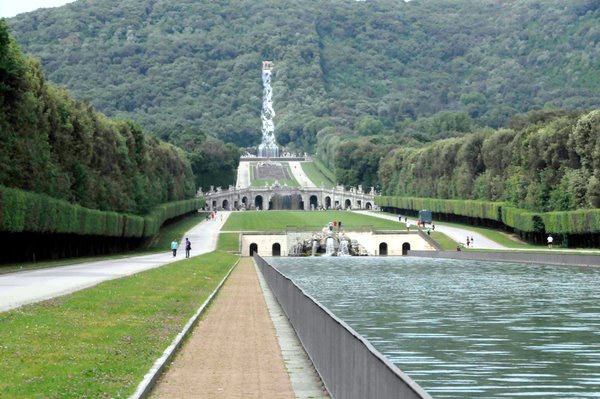 The internet in the hotel never came on. A major inconvenience. It forced my girlfriend and me to pack all of our bags and carry them through the streets of Naples to a new hotel—one with WiFi. The cobblestones were in sad shape and our wheeled bags flipped whenever a moped whizzed past. Just a few of the bumps in the road that you encounter when traveling through Italy.
The internet in the hotel never came on. A major inconvenience. It forced my girlfriend and me to pack all of our bags and carry them through the streets of Naples to a new hotel—one with WiFi. The cobblestones were in sad shape and our wheeled bags flipped whenever a moped whizzed past. Just a few of the bumps in the road that you encounter when traveling through Italy.
The last three days have been truly spectacular; I visited the Phlegrean Fields, the Capodimonte Museum, the National Archeology Museum, and the Royal Palace in Caserta, considered the top sights in Naples. Below is a segment I like to call “Is It Worth It?”
The Phlegrean Fields: Is It Worth It?
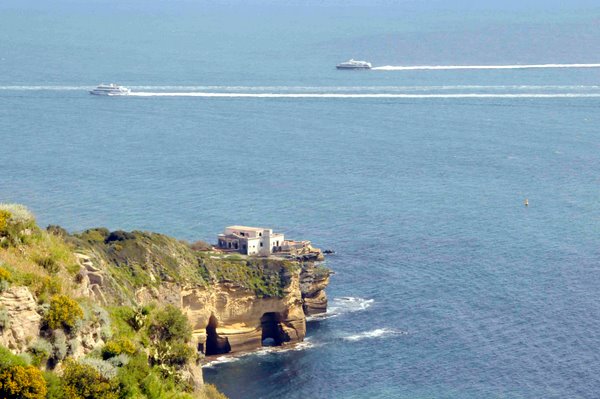 One of the most confusing sights ever, the Phlegrean Fields is a large volcanic area, not a single location. It encompasses everything west of Naples (to the coast) as well as several islands, including the famous Ischia and Procida. To do the area justice, you should spend at least two days there. The tickets (4 euro) give you access for two days. This includes, most importantly, the famous Cave of Sybil in Cuma, the striking crater lakes, the Flavian Amphitheater, and the Baia Archeology Museum and Park.
One of the most confusing sights ever, the Phlegrean Fields is a large volcanic area, not a single location. It encompasses everything west of Naples (to the coast) as well as several islands, including the famous Ischia and Procida. To do the area justice, you should spend at least two days there. The tickets (4 euro) give you access for two days. This includes, most importantly, the famous Cave of Sybil in Cuma, the striking crater lakes, the Flavian Amphitheater, and the Baia Archeology Museum and Park.
The tickets exclude, most importantly, the Solfatara, a bubbling lava lake once believed to be the entrance to hell, and the underwater city of Baia. The Solfatara costs an extra 6 euro, and the underwater city can only be seen from a glass-bottomed boat, which is easily chartered in Baia for a fee. When you consider the sheer size of the Phlegrean Fields and the large number of exceptional sights, it seems like it’s worth a visit. But because the area is so spread out, and none of its ruins are as well preserved as those found in Pompeii and Herculaneum, the jury is divided. If you have a limited time in Naples and you’ve never seen Pompeii, visiting the Phlegrean Fields is not worth it. If you’ve already seen Pompeii and you’ve got two spare days, expand your circle of ancient experience and see where the richest of the rich Romans once lived. The area’s volcanic activity has resulted in a large number of natural thermal spas.
The Naples National Archeology Museum: Is It Worth It?
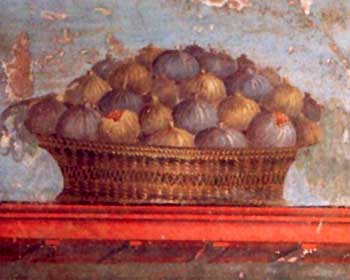 Speaking of Pompeii, its most striking artworks were carried off to the National Archeology Museum. While this means that they are not on display in Pompeii (which is OK, in my opinion, because there is already plenty to see in Pompeii), it also ensures that they won’t be buried for another 1500 years the next time Mt. Vesuvius explodes. Here’s my advice: Go to Pompeii first, then go to the National Archeology Museum. Is it worth it? Yes, yes, and yes. The artwork, statues, and artifacts are absolutely striking and give you yet another side to the fantastically preserved city. The museum also includes many of the statues from the Farnese Collection. Here’s a link for another of our writer’s reviews of the National Archeology Museum. The famous art collection is split up between the National Archeology Museum and Capodimonte Museum.
Speaking of Pompeii, its most striking artworks were carried off to the National Archeology Museum. While this means that they are not on display in Pompeii (which is OK, in my opinion, because there is already plenty to see in Pompeii), it also ensures that they won’t be buried for another 1500 years the next time Mt. Vesuvius explodes. Here’s my advice: Go to Pompeii first, then go to the National Archeology Museum. Is it worth it? Yes, yes, and yes. The artwork, statues, and artifacts are absolutely striking and give you yet another side to the fantastically preserved city. The museum also includes many of the statues from the Farnese Collection. Here’s a link for another of our writer’s reviews of the National Archeology Museum. The famous art collection is split up between the National Archeology Museum and Capodimonte Museum.
Capodimonte Museum: Is It Worth It?
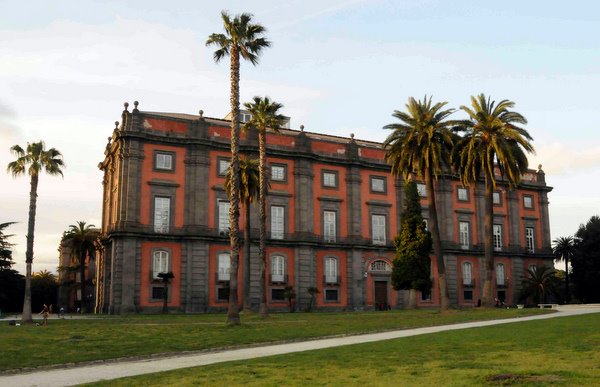 The grounds of this museum alone are enough to make it worth a visit. Located in a beautiful park on a hilltop that overlooks Naples, the museum was built for one reason, and one reason only: to house the Farnese Collection. One of the most important art collections on earth, it includes works by many famous Italian painters and sculptors. Its paintings are located inside the Capodimonte Museum, and its sculptures are in the National Archeology Museum. Many works are featured besides those of the Farnese Collection, including some excellent Caravaggios. A portion of the museum is dedicated to contemporary art, including some freaky Andy Warhols. The Capodimonte Museum is definitely worth it.
The grounds of this museum alone are enough to make it worth a visit. Located in a beautiful park on a hilltop that overlooks Naples, the museum was built for one reason, and one reason only: to house the Farnese Collection. One of the most important art collections on earth, it includes works by many famous Italian painters and sculptors. Its paintings are located inside the Capodimonte Museum, and its sculptures are in the National Archeology Museum. Many works are featured besides those of the Farnese Collection, including some excellent Caravaggios. A portion of the museum is dedicated to contemporary art, including some freaky Andy Warhols. The Capodimonte Museum is definitely worth it.
The Royal Palace in Caserta: Is It Worth It?
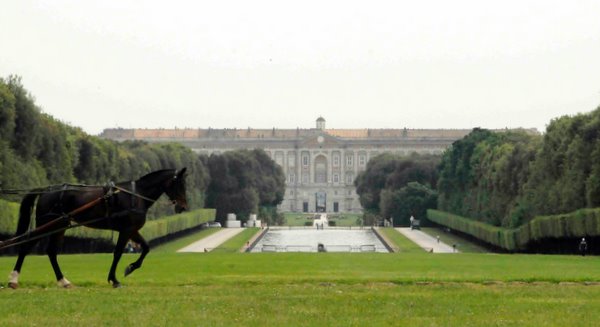 A 40-minute train ride gets you to Caserta, and the trains leave Naples central station every 20-30 minutes. The Royal Palace is located across the street from the Caserta train station, making it easy to visit on foot. The palace was built by Charles of Bourbon, who was King of Naples in the mid-18th century. He wanted it to be more grand than Versailles. I’m not sure whether his architect, Luigi Vanvitelli, failed, or whether the grounds are not well kept, but I found the palace bland. The hedges and the grass were not closely manicured, and very few flowers were in bloom. From the outside, the palace did not impress me in any way other than its sheer size. Inside, the rooms were beautifully decorated.
A 40-minute train ride gets you to Caserta, and the trains leave Naples central station every 20-30 minutes. The Royal Palace is located across the street from the Caserta train station, making it easy to visit on foot. The palace was built by Charles of Bourbon, who was King of Naples in the mid-18th century. He wanted it to be more grand than Versailles. I’m not sure whether his architect, Luigi Vanvitelli, failed, or whether the grounds are not well kept, but I found the palace bland. The hedges and the grass were not closely manicured, and very few flowers were in bloom. From the outside, the palace did not impress me in any way other than its sheer size. Inside, the rooms were beautifully decorated.
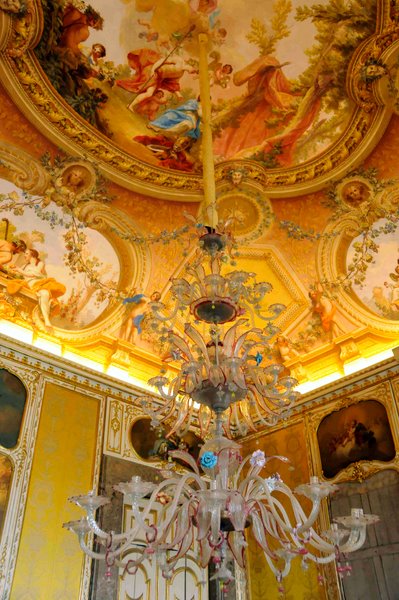
Right now I’m on a trail bound for Perugia, where I’ll rent a car and set out into the beautiful Umbria valley. I should arrive in 40 minutes.


Comments